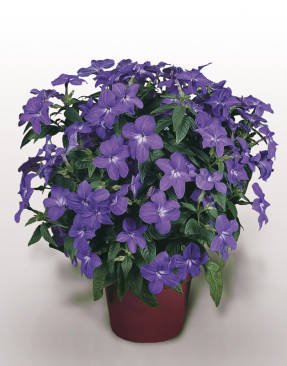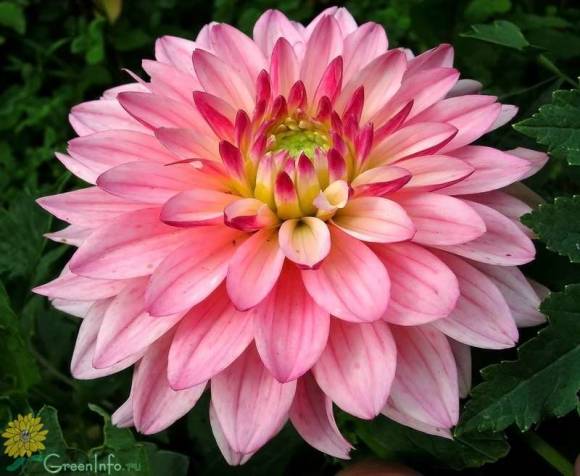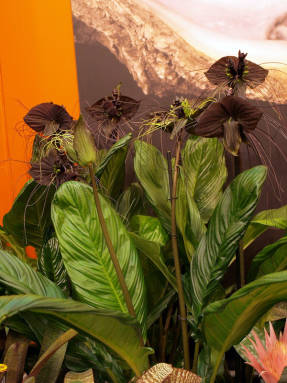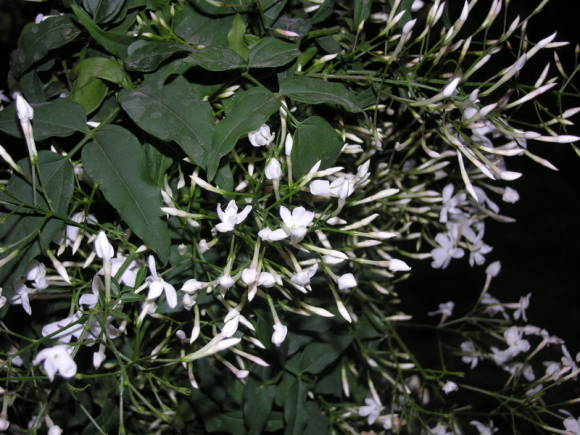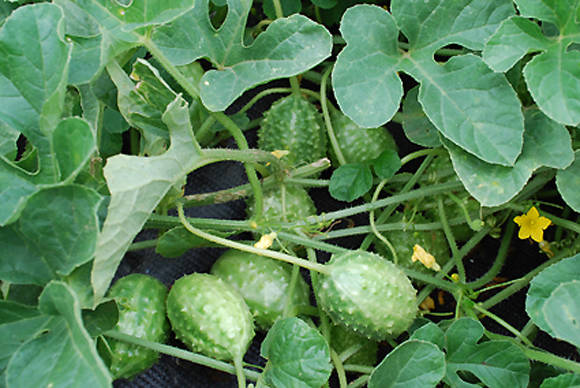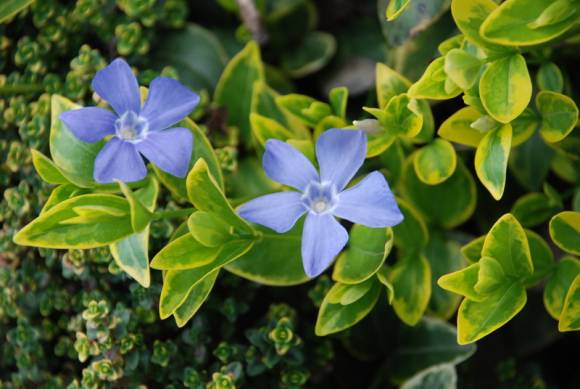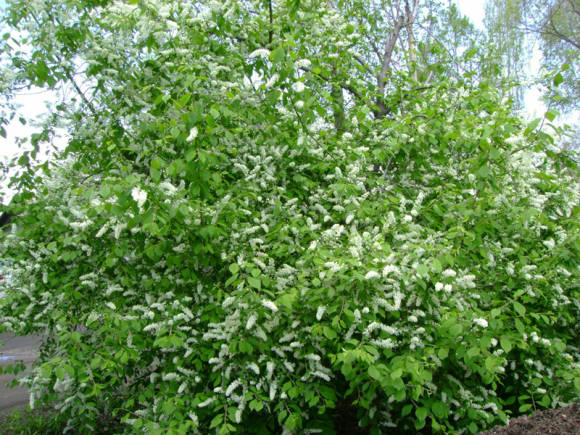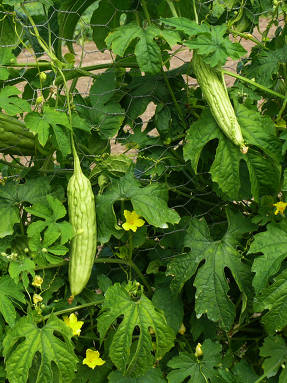The new is the well-forgotten old.
 In everyday life, we are often convinced of the correctness of this, such a wise, popular saying. The ever-changing fashion for plants, like everything else, often offers us something that has been "already passed." We suddenly unexpectedly again discover the charm of this or that plant, which has already seemed to be "written off". It turns out that in vain, it will fit so well into this corner, next to the newfangled acquisitions. And again it appears, once given away as unnecessary, in our gardens, and we plant it in a place of honor, and admire, sincerely wondering why this charm has not been in our garden in recent years.
In everyday life, we are often convinced of the correctness of this, such a wise, popular saying. The ever-changing fashion for plants, like everything else, often offers us something that has been "already passed." We suddenly unexpectedly again discover the charm of this or that plant, which has already seemed to be "written off". It turns out that in vain, it will fit so well into this corner, next to the newfangled acquisitions. And again it appears, once given away as unnecessary, in our gardens, and we plant it in a place of honor, and admire, sincerely wondering why this charm has not been in our garden in recent years.
So it happened with the known to us peony thin-leaved(Paeonia tenuifolia). New, luxuriously blooming varieties of peonies, with various colors, have ousted this modest, but, I assure you, quite worthy peony from our gardens. He again became popular and loved in the West. In Russia, this flower is known only to a few old growers. Amateur newbies, at best, have only heard of him. It is listed in the Red Book not only of Russia, but earlier, during the Soviet era, the thin-leaved peony was considered rare.
In nature, this beautiful plant is found in the steppes of the Middle Volga region, Kuban. It grows in the steppes of Ukraine, Transcaucasia, Iran and the Balkans. One of the advantages of a peony is its early flowering. In the Moscow region, it blooms in mid-May, and in our Urals, at best, - at the end of May, and most often - in June, when the bulk of peonies are still laying buds, almost simultaneously with the peony known as "Maryin root ". The sight of a flowering thin-leaved peony, although short, is quite bright. An adult bush can bear several dozen flowers with a delicate noble aroma. A rich, rich red color, the shades of which cannot be reproduced by any photograph, the contrast with bright yellow anthers creates an unusually decorative effect. It intensifies even more in combination with interesting unusual foliage, very finely dissected. When I look at the bush of this peony, I always have an association with a dill bush - the foliage of this peony is so finely dissected. The bush is compact, dense, 40-45 cm high. During flowering, it is like a kind of flash, burst, fireworks of colors.
Especially appreciated terry form this peony (Paeonia tenuifolia Plena). By the way, translated from English, its name sounds like a fern-leaved peony. The flowers of this peony are densely double, tall, oval. Anthers and stigmas are hidden between the petals, "without the middle", flowering is longer than that of non-double - about two and a half weeks.
Development and cultivation are similar and at the same time different from other representatives of peonies. For good development, it needs well-drained, light, rich, neutral or slightly alkaline, moderately moist or dry soils. Remember this pion - a native of the steppes. Unlike other peonies, it has a pronounced dormant period. In summer, after flowering, the foliage can wither, which will not look very pleasant in a blooming garden. Therefore, it is necessary to plant a thin-leaved peony so that after flowering it is covered with taller plants that have a bright, blooming appearance.
This peony is transplanted mainly at the end of August - the first half of September, during the period of the most intensive root growth. If necessary, it can be planted in spring, but only in large divisions. Since its flowering is early, then in the spring the plant gives all its strength to future flowers, it forms few roots and shoots.
 Top dressing is carried out according to the same scheme as for ordinary peonies, but with a predominance of phosphorus and potassium.Excess nitrogen can lead to poor flowering, shoot lodging and fungal diseases. The peony develops slowly. Propagated by dividing the rhizome and seeds (preferably unripe), which are sown in light nutrient soil in the fall.
Top dressing is carried out according to the same scheme as for ordinary peonies, but with a predominance of phosphorus and potassium.Excess nitrogen can lead to poor flowering, shoot lodging and fungal diseases. The peony develops slowly. Propagated by dividing the rhizome and seeds (preferably unripe), which are sown in light nutrient soil in the fall.
You can use the thin-leaved peony in a large rock garden, among stones and against the background of talus, moderately dry mixborders. It is most interesting in combination with cereals, wormwood, gorse, broom, eremurus.
The peony is very resistant to disease. Problems can arise when blocking it during the rainy season on insufficiently drained soils. Sometimes aphids appear. Damage to flower buds and petals by strong recurrent frosts is possible.
The returned fashion for the peony peony, I think, is largely due to the growing interest in natural style gardens and the associated interest in plants of natural wild flora.
